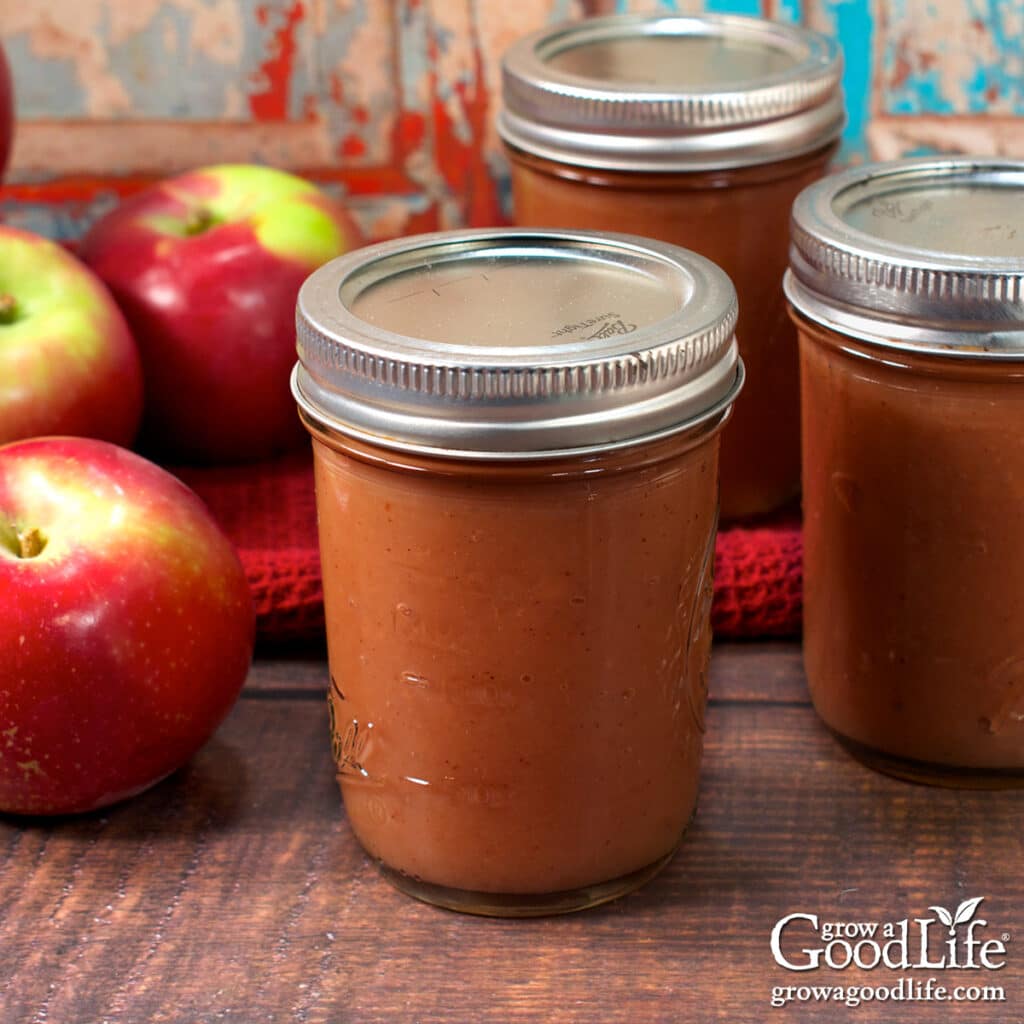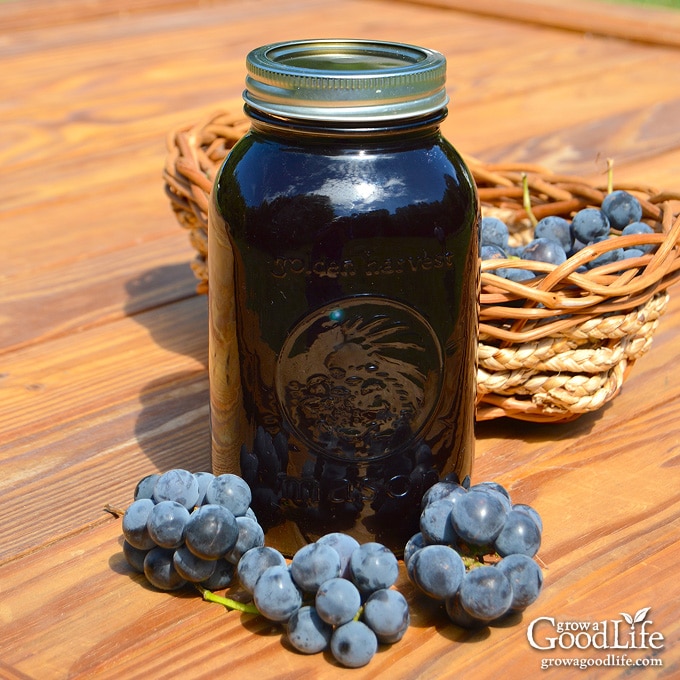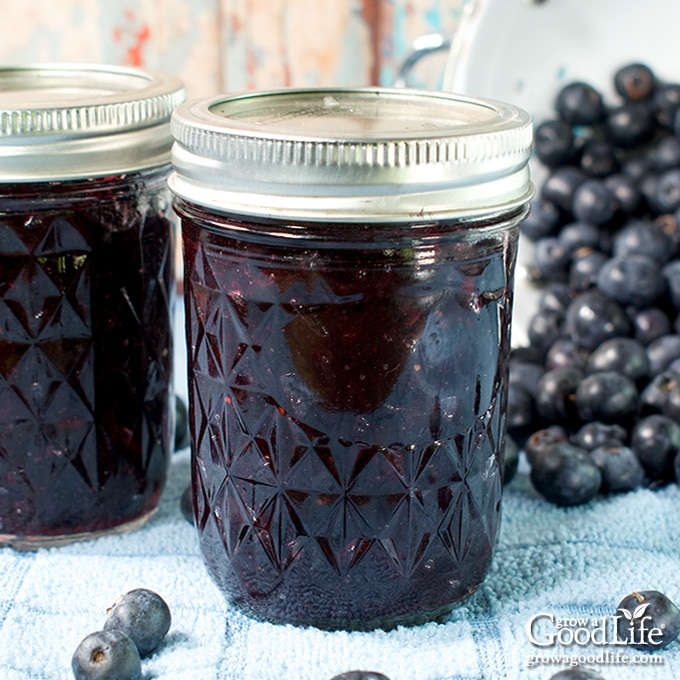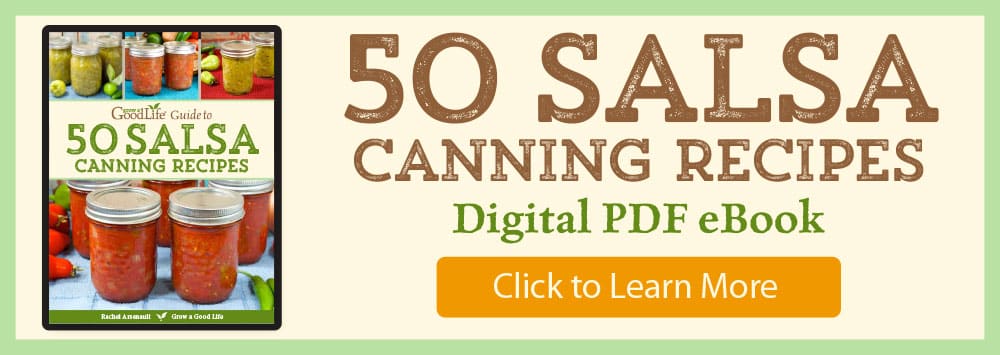Safe Tweaks for Canning Fruit, Juice, and Preserves
This post may contain affiliate links, which means that I may receive a commission if you make a purchase using these links. As an Amazon Associate I earn from qualifying purchases.
Home-canning fruits, juices, and preserves are a delicious way to enjoy the flavor of summer fruit all year long. Learn how to safely adjust sugar, swap fruits, or add flavor to home-canned fruit, juices, and preserves without compromising food safety.
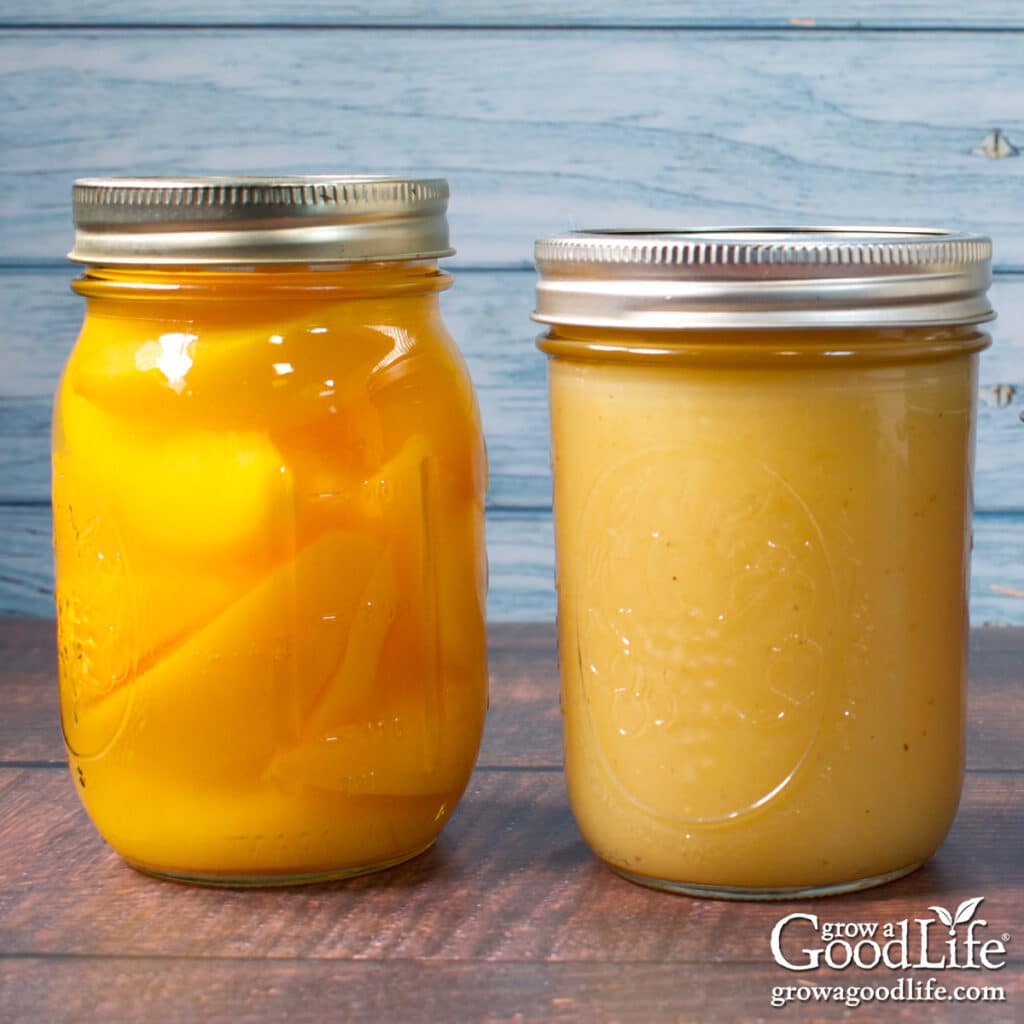
While fruit is naturally high in acid and generally safe for water bath canning, following safe, tested recipes is still important. Fortunately, many fruit canning recipes offer a bit more flexibility than other types of home canning, especially when it comes to customizing flavor and sweetness.
This guide is part of a series on safe canning substitutions and focuses specifically on the types of changes you can make when preserving fruit at home.
Whether you’re putting up jars of juicy peaches, simmering apples into applesauce, or experimenting with small-batch jams and jellies, we’ll walk through which tweaks are safe and which ones should be avoided.
Why Safety Matters
Research-tested recipes are carefully developed to ensure the final product is safe for long-term shelf storage by maintaining the right balance of acidity, sugar, processing time, and jar size.
When acidity levels are too low or processing times aren’t followed, harmful microorganisms, such as molds, yeasts, or, in rare cases, Clostridium botulinum, can grow. While the risk is lower with fruit canning compared to vegetables or meats, improper changes can still affect pH, texture, or shelf stability.
The good news? Many fruit canning recipes allow for safe adjustments, especially when it comes to sugar levels, fruit combinations, and flavorings.
Understanding which changes are safe and which ones could pose a risk helps you confidently customize recipes while keeping your preserves safe and delicious.
Safe Adjustments for Canning Whole and Cut Fruit
Canning whole or sliced fruit is one of the more flexible areas of home food preservation. Because most fruits are naturally high in acid, adjustments can be made to the sweetness level of the canning liquid and add some flavorings without compromising jar safety.
Depending on your taste and dietary preferences, you can choose water, fruit juice, or a sugar syrup to pack your fruit. While sugar isn’t required to make fruit shelf-stable, it does help preserve texture, color, and flavor over time. Just note that low- or no-sugar canned fruit may have a shorter shelf life once opened and is best eaten within a few days.
Liquids You Can Use When Canning Fruit
Whole and sliced fruits are preserved in a liquid. While sugar syrups are commonly used, they are not necessary for safety. You can also use water or fruit juice, depending on your goals for sweetness, flavor, and dietary needs.
Sugar Syrups
Sugar syrups are made by dissolving sugar in boiling water and can be made in different concentrations. These syrups help maintain the fruit’s shape, firmness, and color, particularly during long-term storage.
You can choose the sweetness level that best suits your tastes and the fruit you’re preserving.
To prepare the syrup, combine the water and sugar in a saucepan. Heat the mixture until the sugar dissolves. Keep the syrup hot until you’re ready to use it, but do not boil it down.
The National Center for Home Food Preservation provides guidelines for sugar syrups of varying sweetness levels. I typically use a light syrup when canning fruit. It’s flavorful without being too sweet, and preserves the flavor of the fruit.
Very Light Syrup (10% sugar): This mild syrup adds just a touch of sweetness and is the lowest in added sugar. Good for naturally sweet fruits like peaches, pears, and plums.
- For an 8-pint or 4-quart load: 6 1/2 cups water, 3/4 cup sugar
Light Syrup (20% sugar): A mild syrup that gently enhances flavor and helps retain fruit texture. Suitable for sweet apples, sweet cherries, berries, grapes, figs, and other moderately sweet fruits.
- For an 8-pint or 4-quart load: 5 3/4 cups water, 1 1/2 cups sugar
Medium Syrup (30% sugar): Sweeter and thicker, this syrup provides more pronounced sweetness. Best for slightly tart fruit like green apples, apricots, sour cherries, nectarines, peaches, pears, or plums.
- For an 8-pint or 4-quart load: 5 1/4 cups water, 2 1/4 cups sugar
Heavy Syrup (40% sugar): A rich, sweet syrup that offers the most protection against texture and color loss. Ideal for tart fruits like sour cherries, tart apples, cranberries, or gooseberries.
- For an 8-pint or 4-quart load: 5 cups water, 3 1/4 cups sugar
Very Heavy Syrup (50% sugar): This ultra-sweet syrup is very thick and may overpower more delicate fruits. Best for preserving very sour fruit or for use in dessert-style canned goods.
- For an 8-pint or 4-quart load: 4 1/4 cups water, 4 1/4 cups sugar
Remember, while sugar syrups can enhance the quality of canned fruits, they do not prevent spoilage. Always follow safe, tested canning procedures to ensure the safety and longevity of your preserved fruits.
Fruit Juice
Fruit juices are a great option for canning if you want to avoid adding refined sugar. Choose homemade or commercial juices that are 100% pure with no added sugar or preservatives. The following juices are safe and commonly used:
- Apple Juice: Mild and versatile. Works well with apples, pears, peaches, and other mild fruits.
- White Grape Juice: Adds a delicate sweetness without overpowering flavor. Good for mixed fruit or lighter-colored fruits.
- Pineapple Juice: Tangy and tropical. Use with mango, peaches, or a fruit medley for extra flavor.
- Blended Juices: You can also blend fruit juices or dilute them with water to reduce sweetness.
- Fruit Juice: Juice from the same fruit you’re canning (like peach or pear juice) can also be used if you’re canning a large fruit harvest.
Water
Plain boiling water is the most neutral option. It doesn’t add flavor or sweetness but will keep fruit hydrated and shelf-stable. Canning fruit with water is ideal for people avoiding all forms of sugar. While fruits canned in water may not retain their color or texture well over time, they remain safe to eat if you follow the proper canning recipe.
Safe Ways to Customize Your Home Canned Fruit
Once you’ve selected your canning liquid, whether it’s syrup, juice, or water, you can further personalize your canned fruit in other safe and flavorful ways. These adjustments won’t affect processing times or safety, but they may slightly change the finished product’s texture, taste, or storage life.
Here are some safe ways to customize your fruit canning recipes:
- Substitute Honey for Part of the Sugar: You can replace up to half the sugar in your syrup with honey. This adds a warm, floral sweetness that complements fruits like peaches, pears, and apples.
- Add Dried Herbs and Spices for Flavor: Whole spices or flavorings, such as cinnamon sticks, cloves, star anise, or vanilla bean, can safely be added to jars to enhance the flavor. Use whole dried spices only, and limit to about 1 teaspoon per quart jar to avoid overpowering the fruit.
These small tweaks let you enhance your home-canned fruit to suit your taste, all while keeping your preserves safe and shelf-stable.
Canning whole or sliced fruit offers plenty of room for safe customization, especially when it comes to the liquid and sweetener you use. Just remember that while these tweaks can help suit your preferences, they may slightly affect the texture, color, or storage quality after opening.
Safe Adjustments for Fruit Sauces, Fruit Butters, and Fruit Purees
Fruit sauces, butters, and purees like applesauce, pear butter, and cranberry sauce offer rich, concentrated flavor and a naturally thick texture.
While they may seem easy to make, the acidity of different fruits and the dense consistency of these products can impact safe processing. That’s why it’s important to use lab-tested recipes for canning.
Once you’ve chosen a trusted recipe, here are some safe ways to customize it to suit your taste:
- Adjust the Sweetener: You can safely reduce or even eliminate sugar in most fruit sauces and butters. Taste as you go and sweeten to your liking using sugar, honey, or fruit juice.
- Flavor with Dried Spices or Vanilla: You can safely add small amounts (no more than 1 teaspoon) of dried spices or liquid flavorings like vanilla extract. Cinnamon, nutmeg, ginger, and cloves are especially delicious infused in apple butter.
Overly thick butters and purees can prevent proper heat penetration during processing. Avoid overcooking or reducing the sauce too much before canning. Always follow tested recipes for safe texture and processing time.
Safe Adjustments for Canning Fruit Juices
Canning fruit juice at home is a simple way to preserve an abundant fruit harvest. There are two main types of home-canned juices:
- Clear, strained juices such as apple, grape, and berry juice
- Fruit nectars, which include finely sieved pulp for a thicker consistency, commonly made from peaches, apricots, and pears
Once you have a tested recipe, here are some safe ways to adjust and personalize your fruit juice:
- Adjust Sugar to Taste: Most fruit juices can be canned without any added sugar. Sweetness is a matter of personal preference, so feel free to reduce, increase, or eliminate added sugar entirely. This won’t affect the safety of the finished product.
- Blend Different Juices: You can safely combine juices from different fruits, like apple and cranberry or grape and blueberry, as long as all the juices have a safe canning recipe of their own.
- Use Spices or Citrus Zest for Flavor: Add subtle flavor by simmering your juice with dried spices like cinnamon sticks or cloves, or strips of citrus zest. Just be sure to strain them out before canning.
- Use Fresh or Frozen Fruit for Juice: You can make juice from either fresh or frozen fruit.
Fruit juices are typically processed in a boiling water bath canner, and the time depends on the type of fruit and the jar size. Always follow tested recipes for correct processing times and methods.
Safe Adjustments for Canning Jams, Jellies, and Preserves
Homemade jams, jellies, preserves, and syrups are a tasty way to capture the flavor of seasonal fruit, and among the more creative areas of home canning. However, these recipes depend on a precise balance of fruit, sugar, acid, and pectin to gel properly and remain shelf stable. When making changes, it’s important to stick with tested adjustments that won’t compromise the gel set or safety.
Always start with a safe canning recipe and use the specific type of pectin your recipe calls for, whether regular, low-sugar, or no-sugar. Each has different requirements for sugar and acid. Swapping pectin types can result in spoilage or a poor set.
Also, do not reduce sugar in recipes made with standard pectin. Sugar plays a crucial role in preservation and gelling. To make lower-sugar versions, use a pectin type developed specifically for that purpose.
Here are safe ways to adjust jam, jelly, and preserves canning recipes:
- Reduce Sugar, But Only with the Right Pectin: Sugar is essential for both preservation and gel formation in jam and jelly recipes. If you want to reduce sugar, look for recipes developed for low- or no-sugar pectin, such as Pomona’s Universal Pectin, Sure-Jell No-Sugar-Needed, or Ball Low/No-Sugar Pectin. Then, follow the recipe and adjust the sugar within the range provided in the directions for that specific type of pectin. This ensures a safe, shelf-stable product with a proper set.
- Swap Similar Fruits: Some fruits can be substituted in equal amounts without affecting safety. For example, swap raspberries for blackberries, apples for pears, or yellow peaches for yellow nectarines. Stick to substitutions within the same fruit family and acidity level when possible.
- Use Frozen or Canned Fruit: Unsweetened frozen or canned fruit can be used instead of fresh. Thaw frozen fruit before measuring, and include any juice. If using canned fruit, drain it first, and avoid fruit packed in syrup. You can use the drained liquid in place of water if the recipe calls for it.
- Add Flavor with Herbs, Spices, or Extracts: You can safely add up to 1 teaspoon of dried herbs, spices, or flavor extracts per batch. Try combinations like vanilla with peach, cinnamon with apple, or ginger with blueberry for a creative twist.
Helpful Tips for Best Results:
- Avoid Doubling Recipes: While it may be tempting to double a batch of jam or jelly, doing so can interfere with the setting process. Larger volumes heat unevenly and may not gel properly. For best results, stick to single batches as written in the recipe.
- Follow Pectin Instructions Exactly: Each brand of pectin comes with its own set of directions. Be sure to follow the instructions for the specific product you’re using. You can find the official instruction inserts here:
With the right ingredients and tested recipes, you can safely explore new flavor combinations and sweetener options without compromising shelf stability.
Additional Tips and Final Thoughts
When canning fruit, juice, sauces, or preserves, always begin with a trusted, research-tested recipe and follow the directions carefully. Once you’re comfortable with the process, small adjustments, like reducing sugar using the right pectin, or adding a touch of dried spices or flavorings, allow you to customize your preserves safely and deliciously.
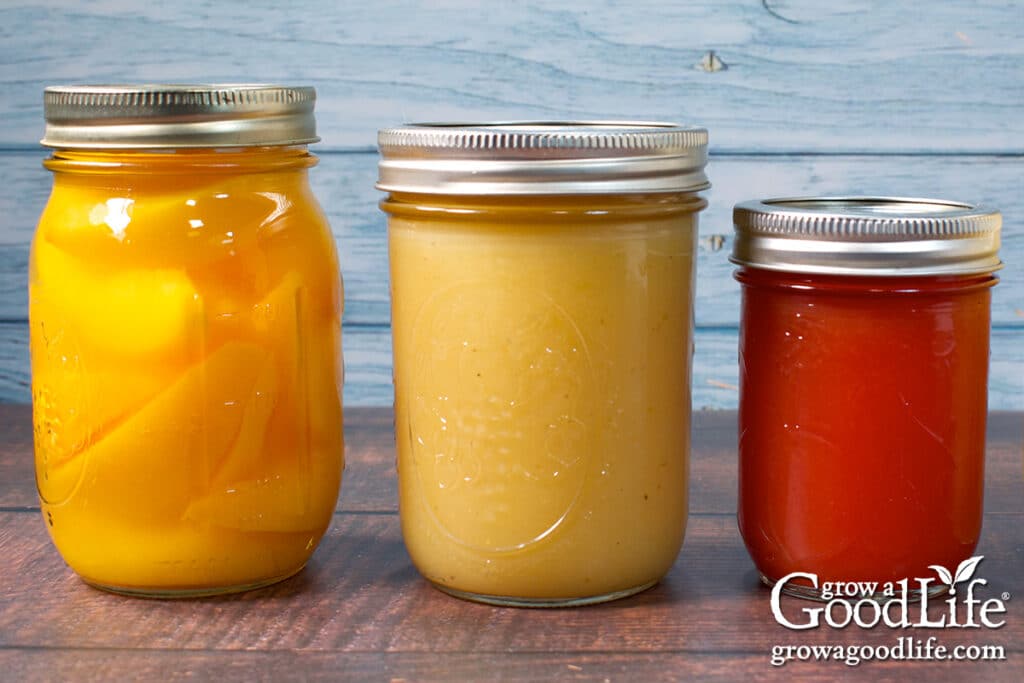
Here are a few extra tips to keep in mind:
- Label and Date Your Jars: Keep track of when you canned each batch so you can use older jars first. For the best quality, aim to enjoy your preserves within a year.
- Store in a Cool, Dark Place: Light and heat can degrade color and flavor. A cool pantry or basement shelf is ideal for long-term storage.
- Refrigerate After Opening: Lower-sugar preserves tend to spoil faster once opened. Keep opened jars in the fridge and use them up within a week or two.
Home-canned fruits and preserves are one of the sweetest ways to enjoy the harvest all year long, especially when you can safely tailor them to your taste. With these guidelines, you can confidently explore new combinations while preserving your food safely.
If you’re looking for more inspiration, be sure to browse our full collection of fruit canning recipes. You’ll find safe recipes that will walk you through each step for canning peaches, pears, juice, applesauce, low sugar jams, and more. All ready to help you make the most of your seasonal produce.
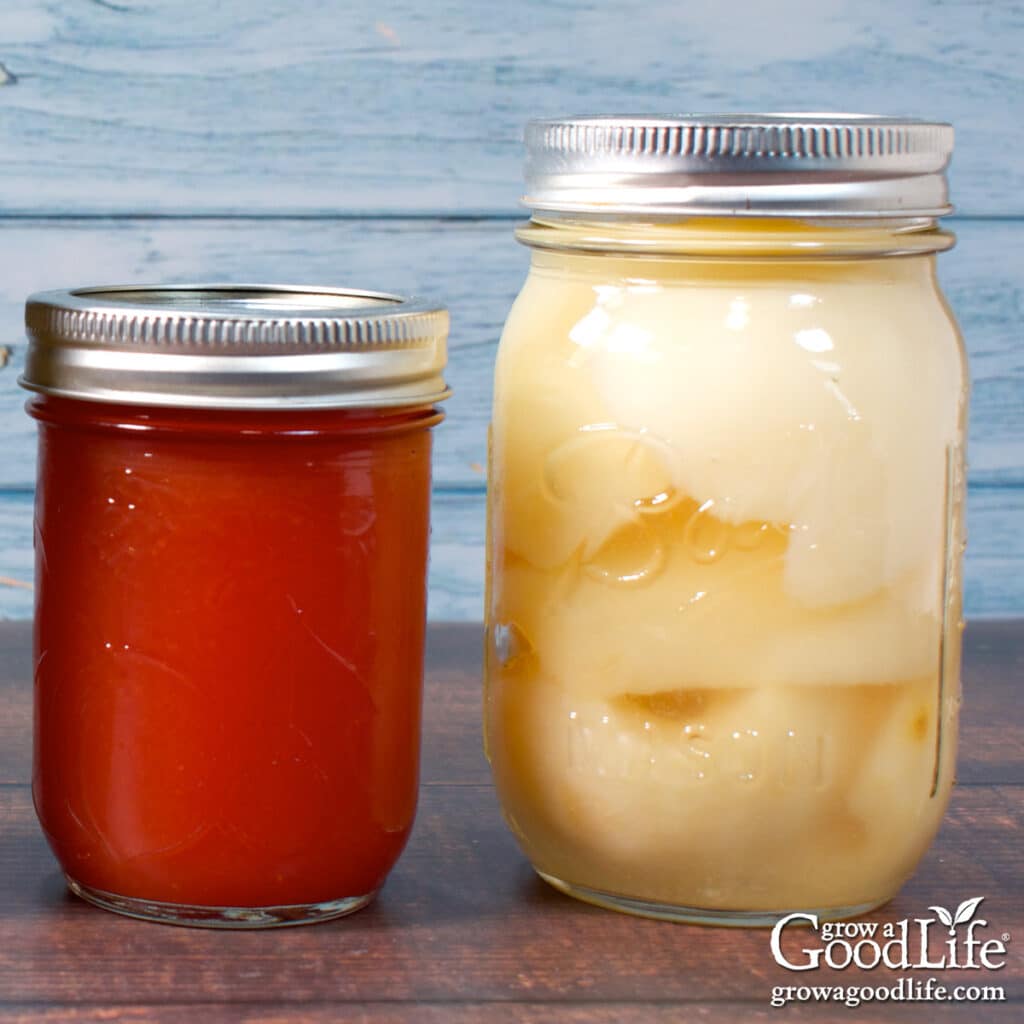
This article is part of our Safe Substitution for Home Canning series, where we explore which recipe changes are safe and which ones to avoid so you can preserve your harvest with peace of mind.
Looking for more canning guidance? Check out the rest of the series for safe adjustment tips for tomatoes, pickles, salsas, vegetables, meat, and more.
Resources Used in this Article:
- Play it Safe! Safe Changes and Substitutions to Tested Canning Recipes. North Central Food Safety Extension Network (NCFSEN)
- USDA Complete Guide to Home Canning. Part 2: Selecting, Preparing, and Canning Fruit and Fruit Products.
- Canning Fruit Safely. Safe Adjustments for Canning Jams, Jellies, and Preserves.
University of Wisconsin-Madison Extension. - Choosing a Liquid for Home-Canned Fruit. South Dakota State University Extension.
- Preserving foods: Fruit juice and apple cider. OSU Extension Service.
If you love salsa, consider adding our eBook, Grow a Good Life Guide to 50 Salsa Canning Recipes, to your resource library. This 72-page eBook is packed with a variety of delicious salsa recipes, including classic tomato salsas to roasted and grilled salsas to tomatillo and delicious fruit blends, all safe for water bath canning. It’s the perfect guide to help you preserve your garden harvests.


